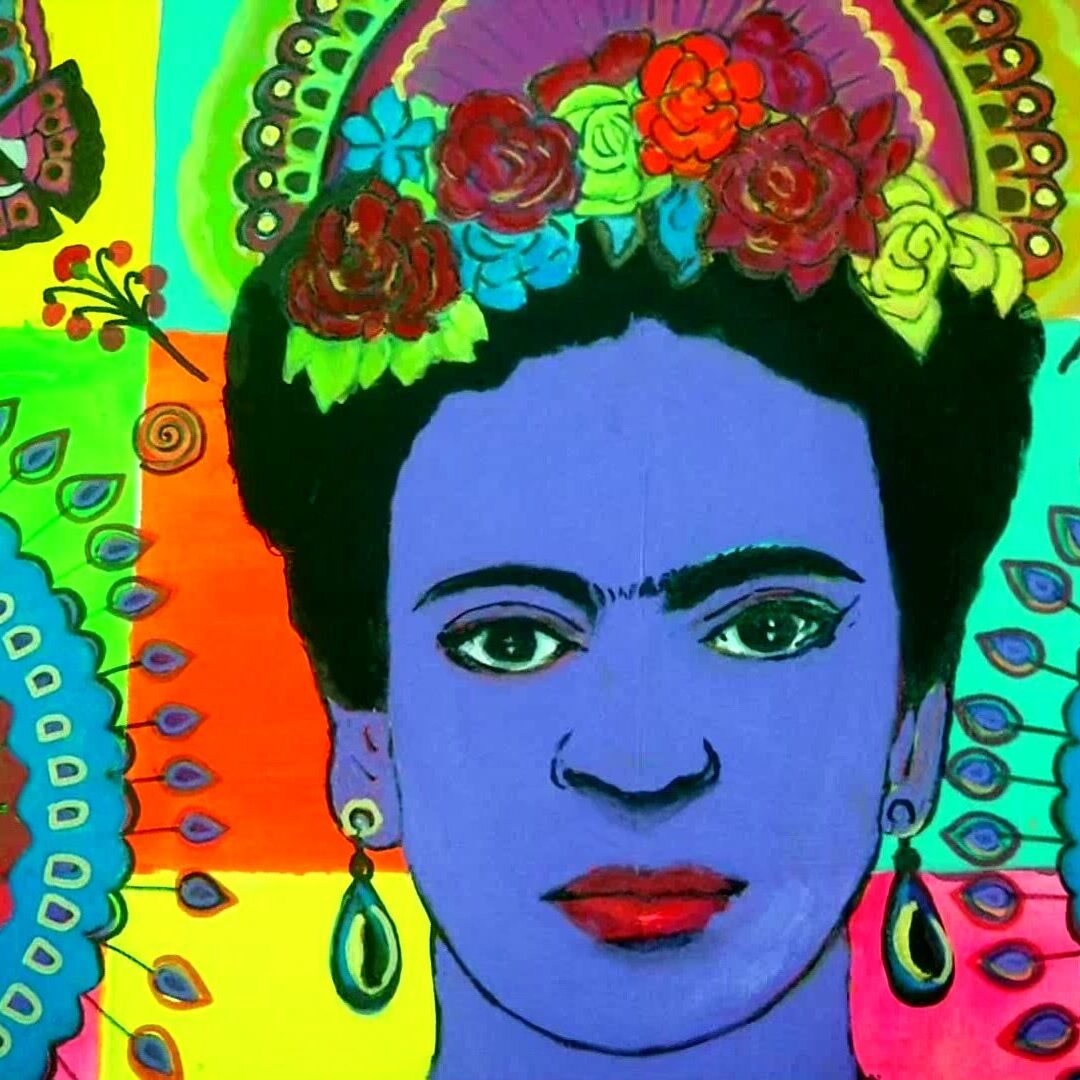This Research article ” All About Gender Dysphoria“

- What is gender dysphoria?
- What is Sex?
- What is Gender according to WHO and UK Law!!
- Gender dysphoria and trans-identifying people?
- What causes gender dysphoria?
- Signs of gender dysphoria?
Gender dysphoria needs to be understood in light of the growth in gender discourse. The condition of gender dysphoria is recognised as a medical condition. Research shows that one in 14,700 males and one in 38,00 females have gender dysphoria.
What is Gender Dysphoria?
An individual with gender dysphoria experiences distress when he or she does not identify with their assigned sex at birth. A mental health issue such as anxiety or depression can result from it. Gender dysphoria treatment often includes counselling, hormone therapy, and transition surgery.
Before going deeper into gender dysphoria, we first need to look at the definition of sex, gender and gender identity, as all play a role in a person’s experience of gender dysphoria. The words’ sex’ and ‘gender’ are often used interchangeably in everyday life. The two concepts, however, are very different.
What is sex?
A person’s gender refers to their physiological and biological differences from males, females and a very small percentage of intersex people as determined by their anatomy. The interaction between their chromosomes, hormones, and interactions produces this effect. Birth certificates in the UK note the sex of a baby at birth. Gender is different from sex but interacts with it.
What is gender?
The UK government also defines gender in the same way, defining it as follows:
“A social construction relating to behaviours and attributes based on labels of masculinity and femininity.”
The World Health Organisation defines gender as:
“the characteristics of women, men, girls and boys that are socially constructed.”
It specifies that this includes the behaviours, norms, and roles associated with being a man, woman, girl, or boy. It also has relationships with each other. The WHO states that because gender is a social construct, gender “varies from society to society and can change over time”. It’s hierarchical, producing “inequalities” that intersect with other economic and social inequalities.
What is gender identity?

Although Robert Stoller coined the term in 1964, gender identity is a more recent concept than sex and gender. Despite being related to gender identity, sex is resolutely different from it. Gender identity reflects an individual’s internal and subjective experience of gender. Some may think this does not align with their physiology and biological sex. Gender identity is typically self-identified.
Gender Dysphoria
Dysphoria is the opposite emotion of euphoria. In other words, it’s a mental state in which a person feels profoundly dissatisfied and uneasy. Despite not necessarily being a mental illness diagnosis, it is often associated with mental illnesses such as anxiety, depression and stress.
The symptoms of gender dysphoria include a feeling of distress and discomfort, rather than an identity crisis, in people who believe their gender identity differs from their biological sex.
A gender dysphoria diagnosis is included. According to the Diagnostic and Statistical Manual of Mental Disorders (DSM-5), a gender dysphoria diagnosis is included. It is a diagnosis that was created to ensure that those with gender dysphoria have access to effective healthcare and treatment.
Gender dysphoria and trans-identifying people

Even if they do not seek medical treatment, transgender people may not experience gender dysphoria, but LGBTQ people do.
According to reports, gender dysphoria is much less common than transgender individuals. One in 100 UK residents is transgender, and vice in LGBTQ people, We will talk deeply on this topic in our following blogs.
To legally change gender, people must have gender dysphoria. There have been 4,910 transgender certificates issued since the Act went into effect.
There are approximately 650,000 trans people in the UK, equating to one in 100.
With a Gender Recognition Certificate, people must demonstrate gender dysphoria in order to legally change their gender.
What causes gender dysphoria?
Currently, no cause is known for gender dysphoria; however, it is thought that prenatal hormonal influences, environmental factors, and genetics may all play a role.A person with gender dysphoria typically begins to experience it during their early to mid-adult years.
Adults often develop gender dysphoria in one of two ways:
- Early adolescence or late adolescence is a common time when dysphoria persists from childhood or early adolescence.
- It is only in the late stages of adulthood that the most obvious signs of gender dysphoria and cross-gender identity begin to emerge.
Signs of gender dysphoria

Different people experience gender dysphoria differently. Essentially, dysphoria is presented as an intense discomfort between a person’s perception of their gender identity and their biological sex.
The difference may be presented in the following ways:
- For young people, it includes the fear of secondary sex characteristics developing during puberty. A dislike or discomfort with the genitals – such as hair, voice or breast size.
- Pre-pubescent children who wish to prevent the development of genitals or secondary sex characteristics.
- Sexual desire for the opposite sex’s genitals and secondary characteristics.
- Intentions of treating or being treated similarly to the opposite sex.
- They believe they possess feelings typical to a different gender or sex.



I am sure this piece of writing has touched all the internet users,
its really really good article on building up new web site.
I greatly appreciate your appreciation. I’m back again. As well as doing my best to improve society through truth-telling.